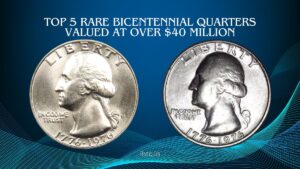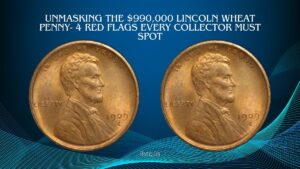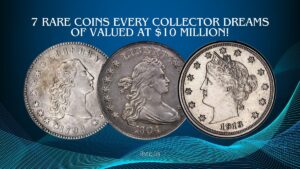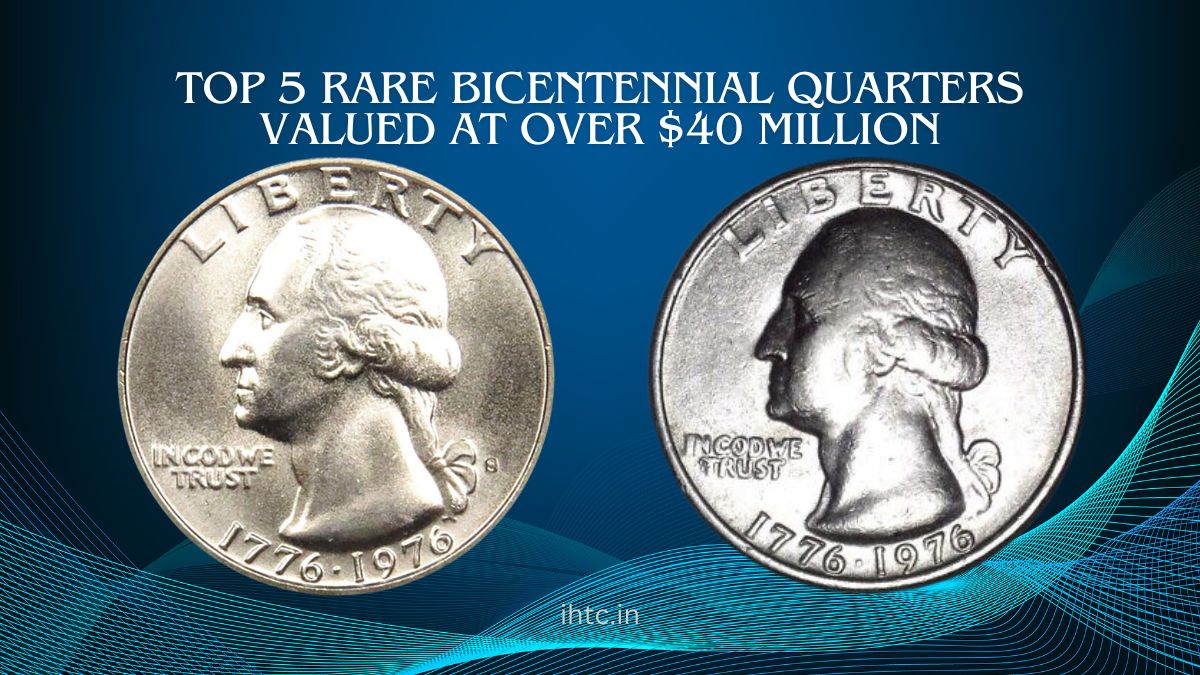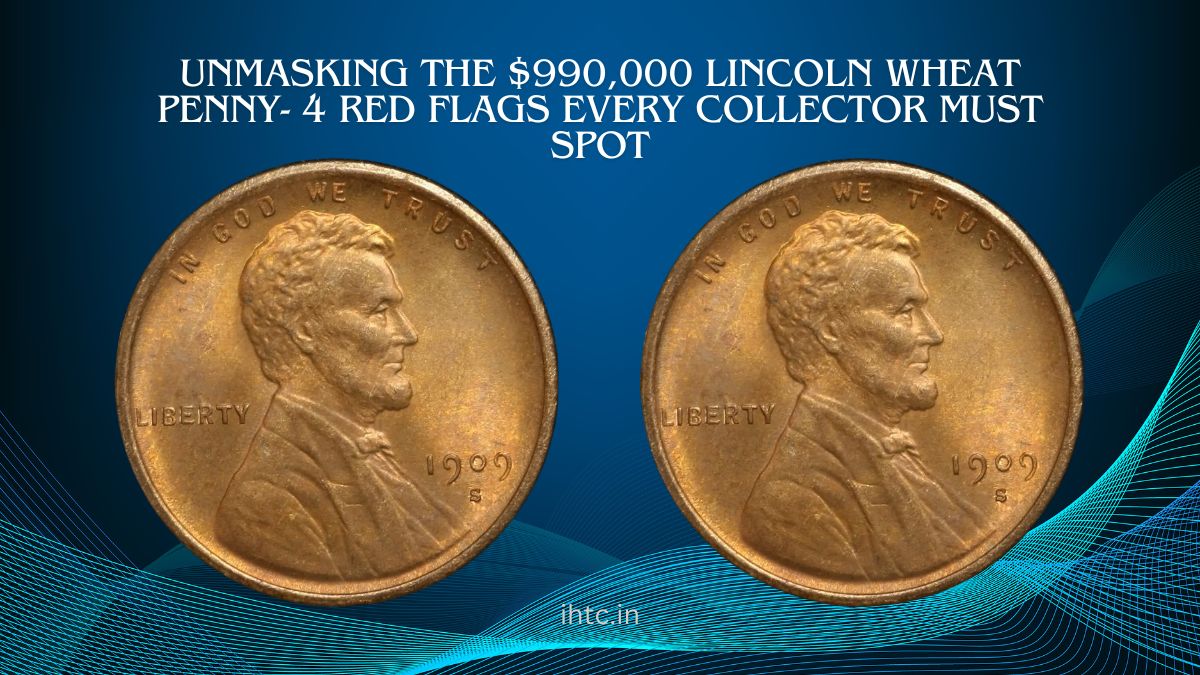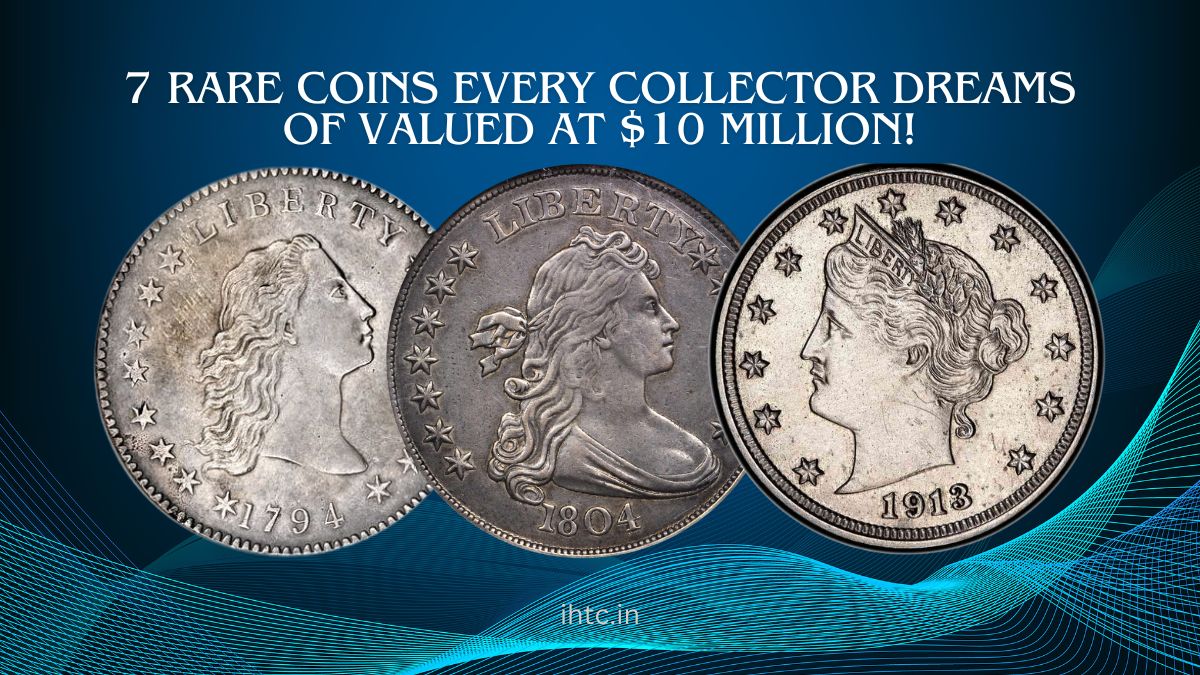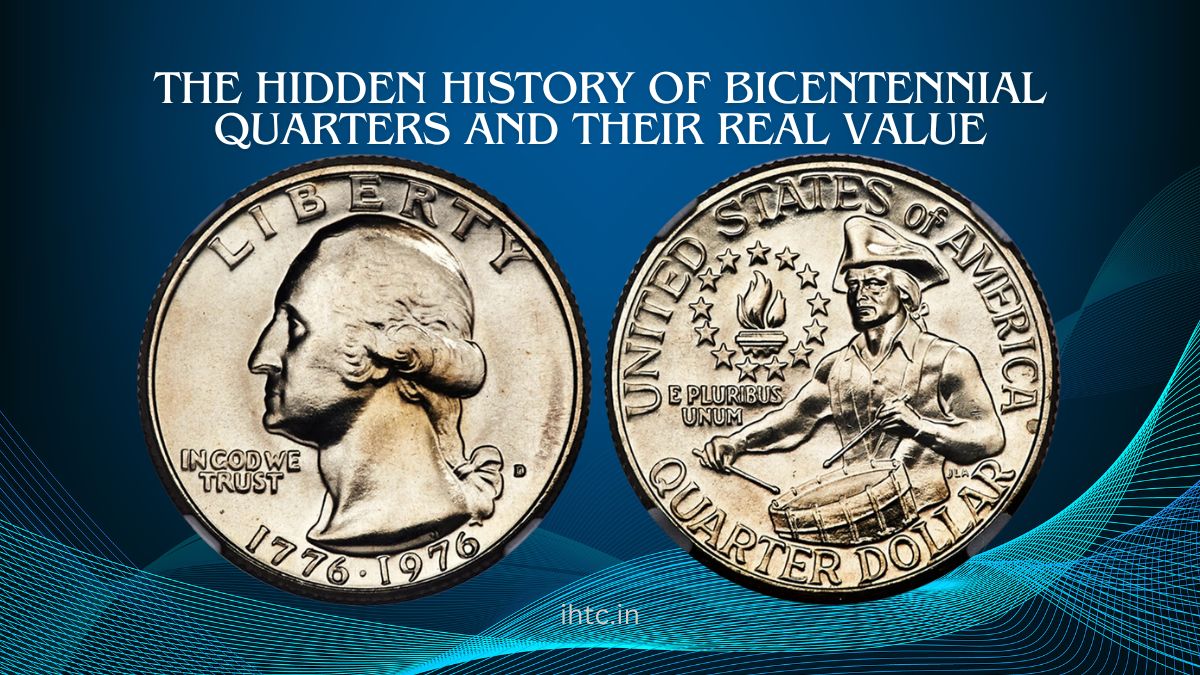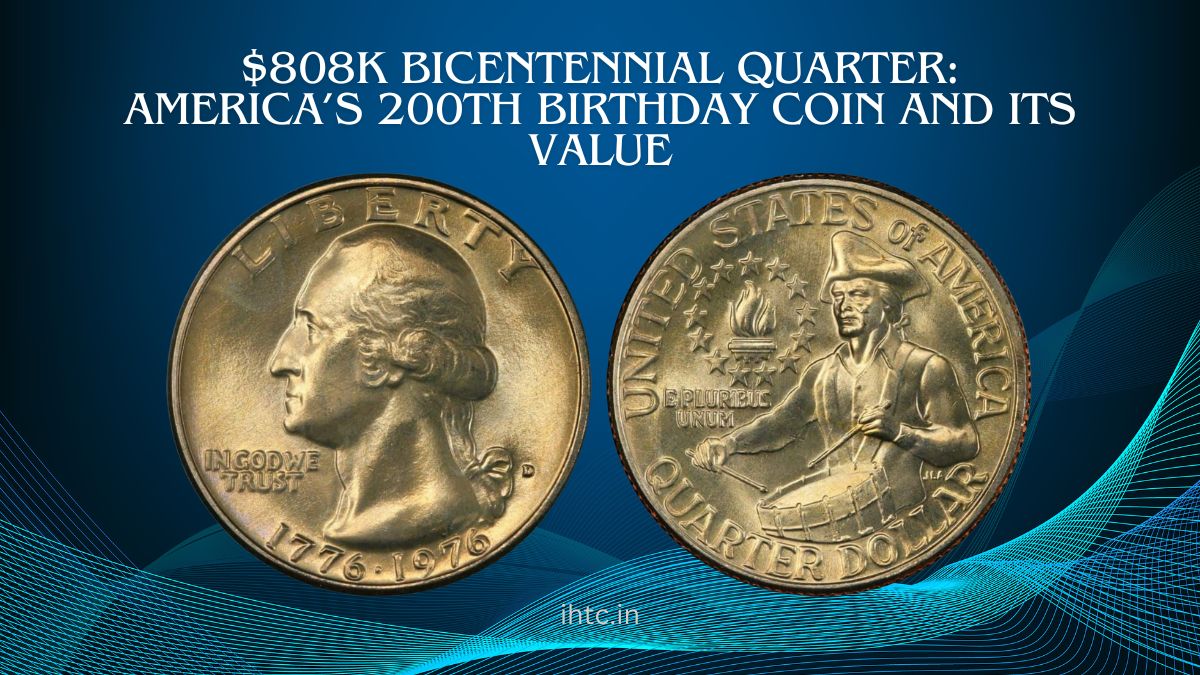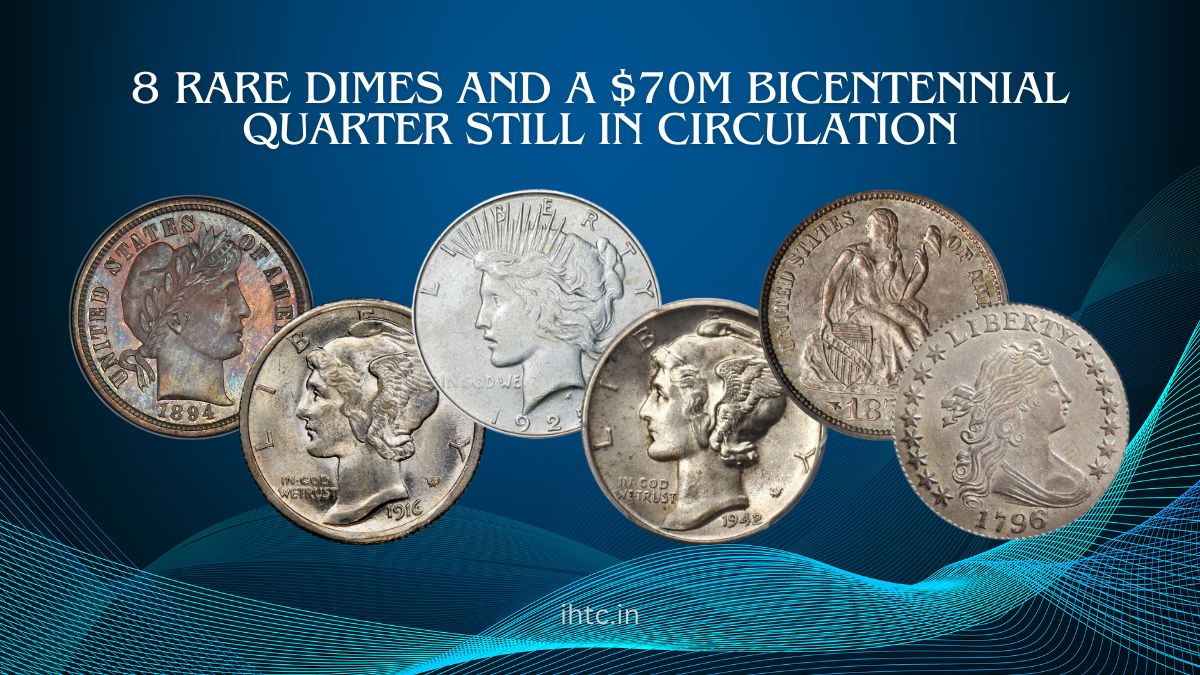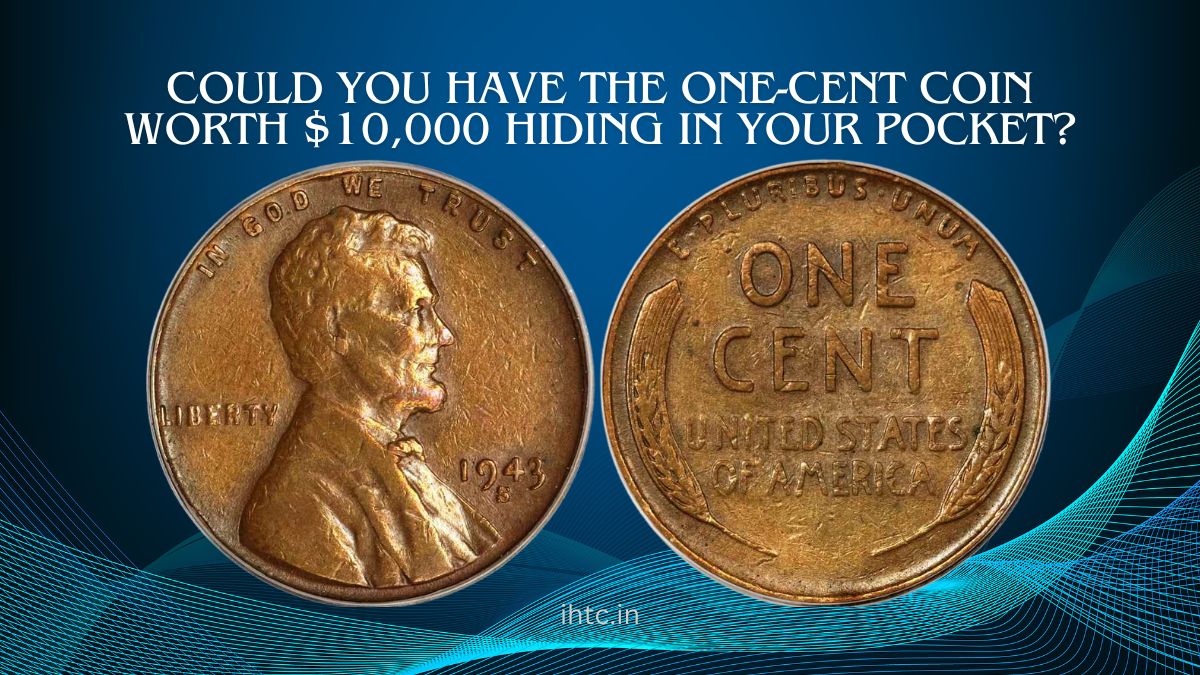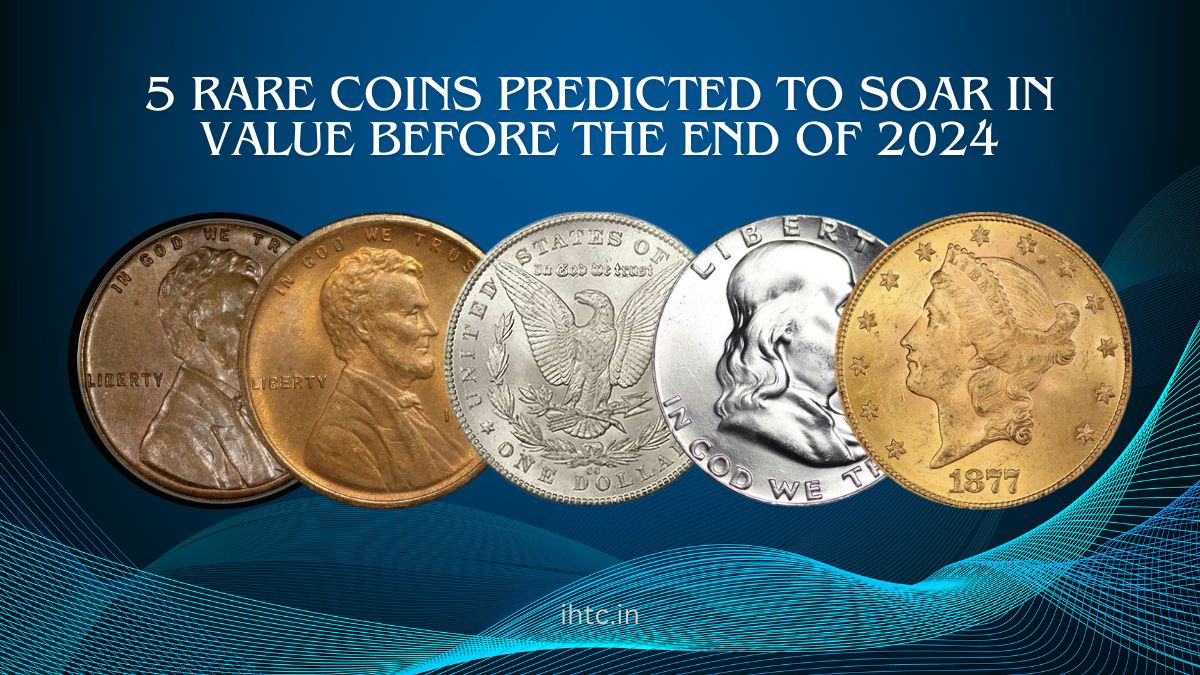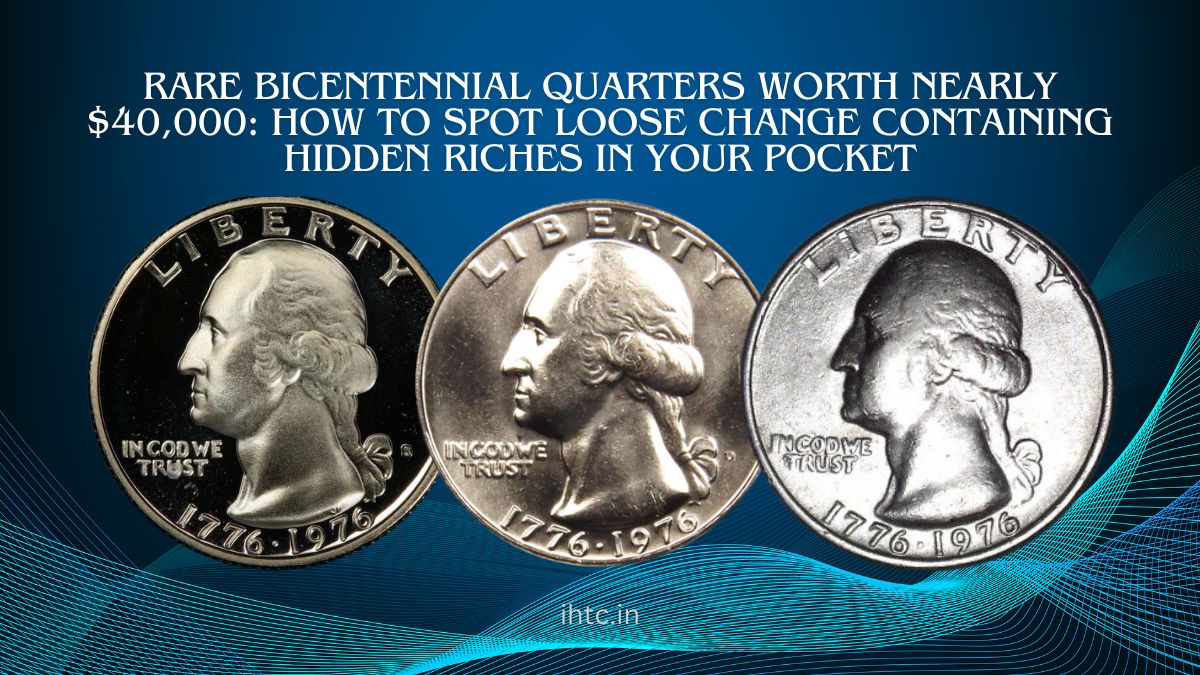The $2 bill is one of the most underappreciated and misinterpreted pieces of U.S. currency. Although it is believed by many to be uncommon, millions of these banknotes are still in circulation today. Nevertheless, the value of certain $2 bills may exceed their face value, contingent upon the series, condition, and specific features.
This article will reveal seven compelling reasons to ascertain the genuine value of a $2 banknote. Understanding the prospective value of this denomination could be financially advantageous, regardless of whether you are a collector or have chanced upon it.
1. Historical Significance of the $2 Bill
The $2 note occupies an uncommon position in the annals of the United States. The bill was initially printed in 1862 and featured a portrait of Alexander Hamilton. However, in 1869, it was substituted with a portrait of Thomas Jefferson.
It was initially employed for substantial monetary transactions and was widely used in the 19th and early 20th centuries. Nevertheless, as its utilization decreased, a significant number of individuals ceased to carry $2 bills, which resulted in an air of rarity.
Collectors frequently pursue older series due to their representation of distinct periods in American financial history. For instance, the 1862 $2 bill, which was the first of its kind, is considered rare and can be sold for thousands of dollars, contingent upon its condition.
2. The Myth of Rarity: Are $2 bills truly that uncommon?
The U.S. Treasury continues to produce $2 banknotes, despite the widespread misconception. Currently, there are more than one billion $2 bills in circulation. Their scarcity is due to their restricted application in routine transactions.
Many individuals are under the impression that $2 banknotes are no longer being produced; however, their production is contingent upon demand and occurs at irregular intervals.
Nevertheless, collectors are highly motivated to acquire certain ancient or distinctive versions of the bill. For example, the scarcity, historical significance, and age of bills from the 1928 series render them more valuable than those printed today.
Overview of $2 Bill Series and Rarity
| Series Year | Estimated Value (Circulated) | Estimated Value (Uncirculated) | Notable Features |
|---|---|---|---|
| 1862 | $500 – $1,000+ | $1,500 – $5,000+ | First U.S. $2 bill |
| 1928 | $50 – $100 | $200 – $500 | First small-sized bill |
| 1953 | $10 – $20 | $30 – $40 | Red seal |
| 1976 | Face value | $3 – $5 | Reissued for Bicentennial |
| 1995 | Face value | $2 – $3 | Modern version |
3. Unique Design Elements Add to Its Appeal
Throughout its history, the $2 bill has undergone numerous design modifications, which have rendered certain series particularly valuable. For example, older bills are identified by a crimson seal, whereas contemporary $2 bills are identified by a green seal.
Furthermore, the $2 bill printed after 1976 features the signature of the Declaration of Independence on its reverse, conferring a degree of historical significance to this currency.
Collectors frequently pay a premium for bills that contain unique serial numbers, printing defects, or star notes, which indicate that the bill was replaced during the printing process as a result of a defect. The value of a $2 bill can be substantially elevated by these uncommon features.
4. A Collector’s Treasure: Star Notes
One of the most compelling reasons to investigate the value of a $2 bill is if it is a star note. Star notes are substitute bills that are issued in the event that a sheet of currency is damaged during the printing process. The final digit is replaced with a star symbol, rather than the same serial number.
Collectors are willing to pay a premium for star notes, which are considerably scarcer. An uncirculated star note can be valued at $50 or more, while a circulated star note can be valued at $5 to $20, depending on the series.
5. Condition is Everything: Grading Your $2 Bill
One of the most critical factors in determining the value of a $2 bill is its condition or grade. Bills are classified by collectors into a variety of grades, including Poor (P-1) and Gem Uncirculated (GEM-65). As the bill’s condition improves, its potential value increases.
If they are in near-perfect or uncirculated condition, even $2 bills from recent series can command higher prices. Bills that are securely preserved in protective cases or currency sleeves frequently maintain their value more effectively than those that have been extensively circulated.
6. Special serial numbers Enhance the Value
An additional compelling reason to evaluate the value of a $2 bill is its serial number. Collectors place a high value on banknotes with “fancy” serial numbers. These consist of:
- Low serial numbers (e.g., 00000001)
- Repeating numbers (e.g., 12341234)
- Palindrome numbers (e.g., 12344321)
- Ladder serial numbers (e.g., 12345678)
A $2 bill with a desirable serial number can be sold for hundreds or even thousands of dollars. For instance, a $2 bill with a consistent serial number (i.e., all digits are identical) may be worth substantially more than its face value.
7. Demand Among Collectors is Growing
The $2 banknote has gained popularity among collectors as a result of its distinctive design features, limited use, and unique history. Although it is effortless to disregard, an increasing number of individuals are recognizing the potential value concealed within this seemingly uncommon currency.
The increasing demand for $2 bills is evidenced by auctions and online marketplaces, as collectors are frequently willing to pay substantial sums for uncommon bills.
It is probable that the value of specific series and special notes will continue to increase as demand increases. Consequently, the present is an ideal time to determine whether your $2 bill is a hidden jewel.
Factors Affecting the Value of a $2 Bill
Let’s take a closer look at the key factors that affect the value of a $2 bill:
Factors Influencing the Value of a $2 Bill
| Factor | Impact on Value |
|---|---|
| Series Year | Older bills tend to be more valuable |
| Condition | Higher grades yield better prices |
| Unique Serial Number | Fancy numbers increase value |
| Star Notes | Generally worth more than regular bills |
| Production Errors | Bills with errors can command a premium |
| Demand | Higher demand raises the price |
It is not sufficient to examine the face value of a $2 banknote in order to determine its true value. The $2 bill may be more valuable than you realize due to its historical significance, distinctive design features, and increasing demand among collectors. The value of a $2 bill can be substantially increased by factors such as the series year, condition, serial numbers, and special designations like star notes.
It is worthwhile to investigate the true value of a $2 bill, regardless of whether you are an avid collector or accidentally find it in your wallet. Now is an ideal time to determine whether your $2 bill is an uncommon treasure, as there is a growing interest in currency collecting. So, do not allow that bill to remain unattended; investigate its prospective value and history today!

